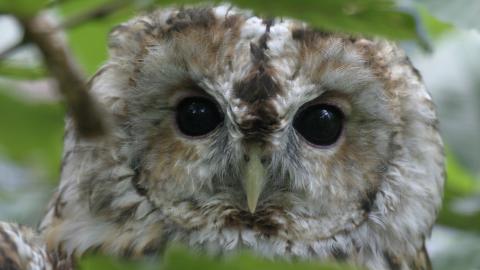
Alan Wright
Boilton, Nab, Redscar and Tunbrook Woods
Know before you go
Dogs
When to visit
Opening times
Open at all times.Best time to visit
Spring to SummerAbout the reserve
Boilton, Nab, Red Scar and Tunbrook Woods offer a glimpse back into the untamed woodland landscapes of old. Tracing the River Ribble, their mixture of sycamore, elm, ash and oak trees creates the perfect home for plants and animals that are specially adapted to life in ancient woods.
Spring lays out a carpet of bluebells in Boilton Wood, which can be accessed through beautiful Brockholes Nature Reserve. The bright yellow flowers of lesser celandine punctuate the purple-blue pile, while throughout spring and summer you can admire the yellow iris, marsh marigold and meadowsweet that flourishes in marshy areas.
Red Scar, Nab and Tunbrook Woods, too, are rich in wildflowers. Unassuming patches of dog’s mercury and enchanter’s nightshade grow alongside the bright pink petals of herb Robert, stunning early-purple orchids and the soft white flowers of sweet woodruff, which smells tantalisingly of vanilla when bruised.
Wildlife lies around every corner of Boilton, Nab, Red Scar and Tunbrook Woods. Roe deer and foxes pick their way between the trees while moles and common shrews scamper through the undergrowth. Bats like common pipistrelle, soprano pipistrelle, noctule and Daubenton’s roost in the holes of trees that act as home, roost and feeding spot for a huge variety of birds. Kestrels, woodcock, tawny owls, great-spotted woodpeckers and treecreepers are just a handful of species that breed here.
In winter, migrating fieldfare, redwing, siskins and brambling often arrive to decimate the woodland berries, and in summer, a rare butterfly steals the show.
The white-letter hairstreak flies for just three weeks of the year and is a common sight at Boilton, Red Scar and Tunbrook Woods in July and August. Moths, too, love this woodland, with angle shades, snout and mother of pearl among the species recorded.
